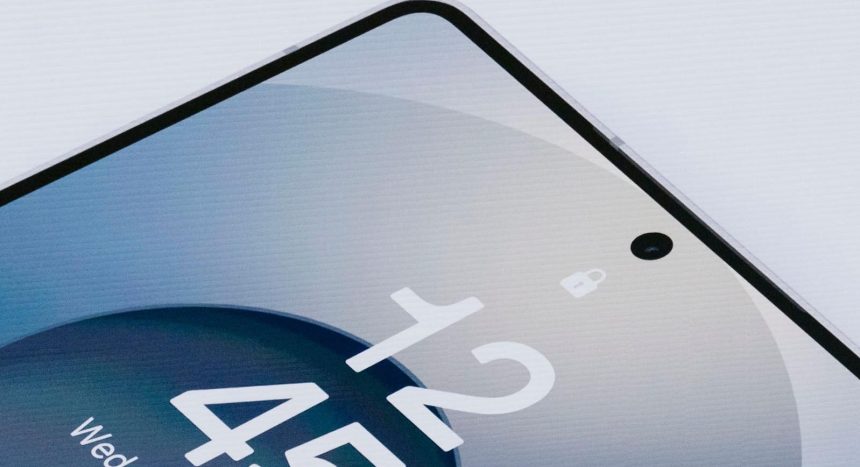The arrival of Samsung’s Galaxy S25 series has been met with immediate anticipation surrounding its software, specifically the Android 15 update bundled with Samsung’s One UI 7.0. While the availability of a day-one update is a significant step forward, the initial rollout has presented some intriguing anomalies, generating both excitement and questions within the tech community. The most notable of these is the large size of the firmware files, exceeding 24GB, significantly larger than the initial firmware for its predecessor, the Galaxy S24. This substantial increase raises questions about the contents of the update and its impact on device storage. Further adding to the intrigue is the inclusion of the December 2024 security patch instead of the more recent January 2025 patch, prompting speculation about potential delays or prioritization shifts within Samsung’s update schedule.
The focus on firmware updates for the Galaxy S25 is amplified by Samsung’s introduction of “seamless updates,” a feature designed to minimize downtime during the update process. This long-awaited functionality promises a smoother user experience by allowing updates to occur in the background without requiring lengthy device restarts. However, the larger firmware size for the S25, despite the efficiency gains expected from seamless updates, suggests a potential trade-off between storage space and update convenience. The implementation of seamless updates is a key differentiator for the S25, as it’s not yet available on earlier models like the S24 or S23, further highlighting the emphasis on software experience with this latest release. The omission of seamless updates from previous flagships underscores the S25’s positioning as a testing ground for Samsung’s latest software advancements.
The large firmware size of the initial Android 15 update for the S25 has drawn attention and comparisons to the S24’s significantly smaller initial firmware. This discrepancy might be attributed to the inclusion of the necessary components for seamless updates, which require a duplication of system files to facilitate background installation. This “bloat,” while seemingly counterintuitive, is likely a necessary cost for enabling the streamlined update experience. The decision to prioritize seamless updates on the S25 points towards Samsung’s focus on enhancing user experience and minimizing disruption, potentially foreshadowing its broader adoption across future device generations. However, it also raises questions about the long-term storage implications for users, particularly as future updates accumulate.
The staggered release of the Android 15 update further emphasizes the current state of Android updates. While the S25 enjoys day-one access to the latest OS version, older flagship models like the S24 and S23 are expected to receive the update later, potentially by mid-February and the end of the first quarter of 2025, respectively. This phased rollout is a common practice within the Android ecosystem, often leading to fragmentation and varying user experiences across different devices. Samsung’s update timeline, while not unusual, highlights the ongoing challenge of delivering timely updates to a vast portfolio of devices. The expectation for older flagships to receive the update within a few months reflects Samsung’s commitment to supporting its devices, although it also underscores the inherent limitations of Android updates in a fragmented market.
This scenario also highlights a broader issue within the Android ecosystem: the often-lagging security updates. While Samsung has made strides in improving its update delivery, the instance of the S25 launching with the December 2024 security patch instead of the January 2025 one raises concerns. This lag, even if minimal, underscores the challenges of coordinating security updates across different hardware and software iterations. The fact that older devices like the S24 and S23 currently have more recent security patches than the brand new S25 creates a somewhat ironic situation. This emphasizes the complexities of software development and deployment, and the ongoing need for improvement in update delivery mechanisms.
Looking beyond the immediate release of Android 15, attention will inevitably turn to the development and rollout of Android 16. The pace of Android updates continues to accelerate, placing pressure on manufacturers like Samsung to keep up with Google’s own Pixel devices, which traditionally receive the latest OS version first. Given the focus on security and privacy advancements within Android 15, it’s anticipated that Android 16 will continue this trend, further emphasizing the importance of timely updates for all users. This constant evolution of the Android operating system highlights the need for efficient and streamlined update processes, especially as security threats become increasingly sophisticated. The ability to deliver timely updates is crucial not only for maintaining a consistent user experience but also for safeguarding user data and device integrity.



